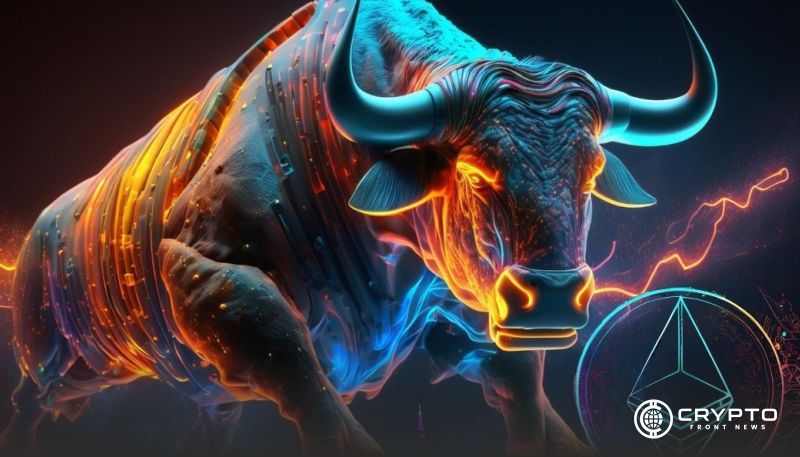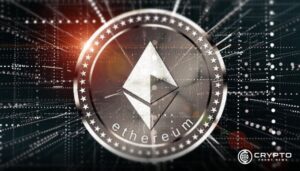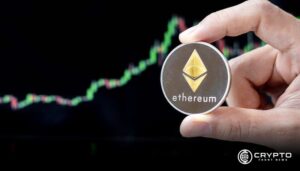- Ethereum’s base fees have dropped to a multi-year low of 0.8 gwei following the recent Dencun upgrade.
- The introduction of blobs has improved Ethereum’s scalability, leading to faster and cheaper transactions across the network.
- Despite lower fees, Ethereum faces inflationary pressures, with more tokens issued than burned in the past week.
Ethereum’s base fees have reached a multi-year low of 0.8 gwei, a significant development that follows the network’s recent Dencun upgrade.
This upgrade introduced “blobs” to the network, designed to enhance scalability, making transactions both faster and cheaper. The decline in fees has sparked discussions about the implications for Ethereum’s deflationary narrative.
Ethereum Gas Fees Reach New Lows
To prevent spam and process transactions, Ethereum users must pay gas fees. The base gas fee is the least amount of gwei a user should pay for their transaction to go through and currently, it stands at its lowest ever.
This drop in charges is quite different from May 2022 when $196 was recorded as the highest gas fee.
The recent drop in Ethereum’s base fees is attributed to the Dencun upgrade, which has improved the network’s scalability. The introduction of blobs has allowed for faster and cheaper transactions, reducing overall transaction costs.
This decrease, however, challenges the deflationary narrative often promoted by Ethereum supporters. According to UltraSound Money, only 7,729 ETH tokens were burned in the past week, while 18,064 tokens were issued, indicating a shift towards inflation.
Inflationary Concerns and Future Outlook
In the second quarter of this year, Ethereum recorded its highest level of inflation to date, raising concerns among analysts. Martin Köppelmann, co-founder of the privacy-focused Ethereum sidechain Gnosis, noted that to offset staking rewards, a base fee of 23.9 gwei would be necessary. He also suggested that raising the gas limit could be a strategic move to increase Layer 1 (L1) activity on the network.






